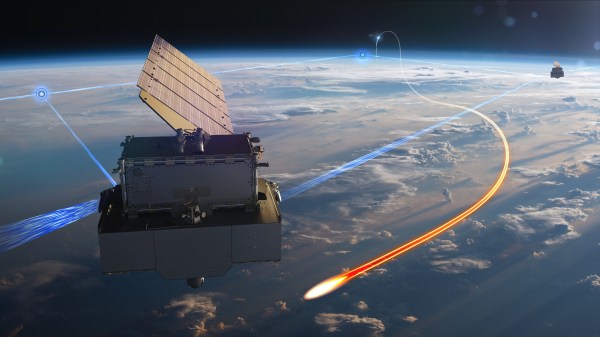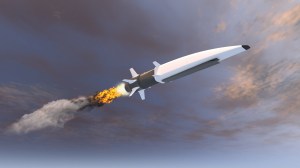DIU looks to add more capabilities to ‘hybrid’ space-based architecture

The Defense Innovation Unit is soliciting industry for the next set of capabilities that can be integrated into its space-based architecture that leverages both commercial and government assets to provide communication anywhere in the world.
According to a post added to DIU’s website Wednesday, the organization is looking for commercial solutions addressing four capability areas: persistent sensing, data transport, high-performance edge computing and data fusion.
The Hybrid Space Architecture effort, first launched in 2021, aims to create a space-based network setup for military users that is augmented by satellites and other innovations developed by the commercial sector. DIU is collaborating with the Space Force’s Space Warfighting Analysis Center (SWAC), the Air Force Research Laboratory’s space vehicles directorate and Space Systems Command on the program.
“In the space communications arena, legacy government systems are extremely capable but are reliant on proprietary data architectures that are not scalable or easily integrated,” the solicitation states. “New commercial space systems leverage modern information architectures based on open standards which improve speed, latency, scalability, and interoperability.”
By creating an agile and resilient communications capability in space, DIU considers the Hybrid Space Architecture to be a critical enabler to the Pentagon’s vision for future warfighting known as Joint All-Domain Command and Control (JADC2).
It “will provide secure, assured, low latency, and multi-path communications across a scalable, resilient and multi-domain network. The HSA must also be flexible enough to remain relevant and trusted during times of rapid technological change and dynamic threat environments,” the solicitation notes.
Proposals from industry are due by Dec. 11 and must address at least one of the four focus areas that cover a range of technologies and use cases.
For example, DIU is looking for commercial space-based sensors, including capabilities “for centrally routing and managing commercial collection requests necessary for global ordering, storing, and accessing commercial sensor data,” according to the solicitation.
Another focus area calls for edge computing solutions that enable autonomous processing of advanced analytics and workflow algorithms in remote environments that will help warfighters in remote locations receive information at faster rates.
The remaining capability areas cover scalable data transport solutions that enable low latency communications — including for both line-of-site and beyond-line-of-site connections — as well as data fusion tools for “secure data aggregation and analysis to provide or enable modeling and simulation, mission planning, mission management, and execution decision point criteria for end users and decision makers.”
This is the second solicitation sent to industry for the Hybrid Space Architecture. The first was posted in 2021 and focused on multi-path network orchestration, multi-source data fusion, cloud-based computing and more.
DIU has since awarded contracts to at least eight companies for prototyping work on the program: Aalyria, Anduril, Atlas, Enveil, SpiderOak Mission Systems, Amazon Web Services (AWS), Amazon’s Project Kuiper and Microsoft Azure Space.
Headquartered in Silicon Valley, the Defense Innovation Unit aims to connect the Defense Department with sectors of the commercial world that have readily available technologies with military applications.
The organization is primed to move toward a new operational phase referred to as “DIU 3.0” by its director, Doug Beck, that will see deeper collaboration efforts between the military services, other Pentagon offices, and international partners and allies to better scale commercial technologies for warfighters.






